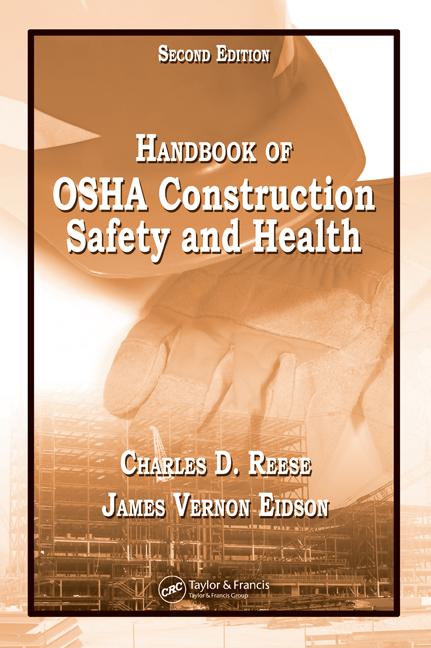The changing nature of work and the need for innovative, comprehensive approaches to worker safety, health, and well-being were the focus of the 2nd International Symposium to AdvanceTotal Worker Health® held last month at the National Institutes of Health (NIH) campus in Bethesda, Maryland.
Total Worker Health (TWH) is the National Institute for Occupational Safety and Health’s (NIOSH) approach to worker safety, health, and well-being that emphasizes ways to not only protect workers from traditional workplace hazards, but also advance their health and well-being.
Coming four years after the first TWH symposium, the 2018 event drew both researchers and practitioners from 37 states and 15 countries. There were nearly 400 attendees and more than 100 presenters. The theme was: “Work & Well-Being: How Safer, Healthier Work Can Advance Well-Being.”
“The United States Surgeon General, Dr. Jerome Adams, gave opening remarks at the symposium, capturing an idea that we have long known at NIOSH—that worker health is population health,” said NIOSH Director Dr. John Howard. “He shared that it is crucial to design jobs and work environments in ways that help workers thrive. Dr. Adams encouraged attendees to take collective action to promote the link between health and employment and to make broad health-fostering employment opportunities available to all.”
From keynote addresses to concurrent sessions, numerous presentations highlighted the changing nature of work and the need for innovative, comprehensive approaches to worker safety, health, and well-being.
Presentations at the symposium reflected on the theme that it is possible for work to be a place that helps workers truly thrive and provided insights about longevity and the role that workplaces can play in fostering and increasing sustainable, healthy living. The International Social Security Administration (ISSA) also shared an international perspective on worker safety and health and launched ISSA’s Vision Zero Campaign for North America.
Representatives from the NIOSH Healthy Work Design and Well-Being (HWD) program, a new program that is part of the National Occupational Research Agenda (NORA), described its significance for the field of TWH.
“The program will be important in understanding the impact of the TWH approach, given its special emphasis on job design and the conditions of work,” said Howard. The research agenda for the HWD program will focus on improving the safety, health, and well-being of workers through healthier work design and better organizational practices, in addition to addressing the epidemic of chronic disease burden facing workers.
The NIOSH Centers of Excellence for Total Worker Health and many NIOSH TWH Affiliates presented their latest research and practice initiatives from around the country.
“With research spanning such topics as family-friendly workplaces, non-standard work arrangements, workplace mental health, and TWH in small businesses, these valued collaborators are instrumental in advancing the science behind TWH approaches,” said Howard, who added that he is struck by the progress made since 2003, “when we had an idea that a more comprehensive approach to worker safety and health would be beneficial to workers, their families, the enterprise itself, and to the nation’s economy.”






